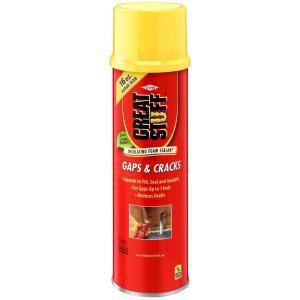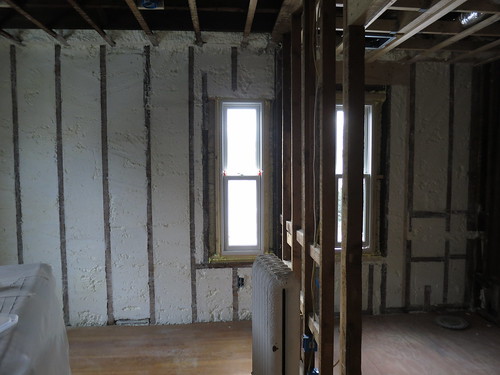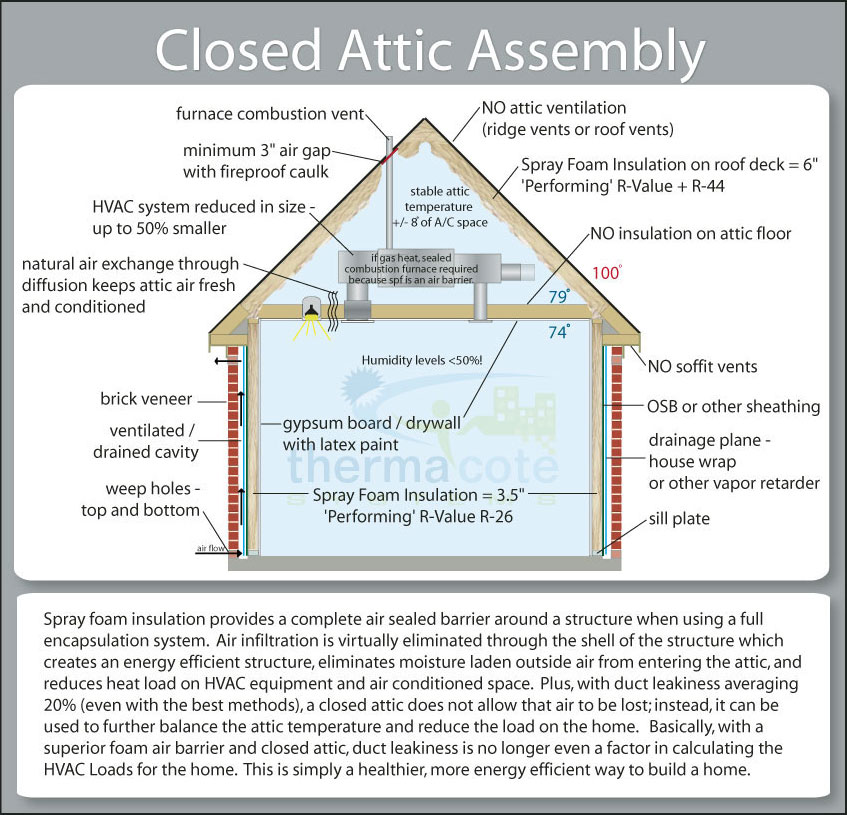Insulation Cellulose vs Foam, Vented vs. Closed roof
You’ve been hearing me talk insulation in new roofs for a while now. I went to this place Ocean Seven Roofing 15155 Stagg St, Van Nuys, CA 91405 (800) 972-7773 and spoke to the experts to gather this information and I figure it’s high time I explain our insulation choices and struggles.
Let’s start with the walls. Â In general, there are 2 modern ways to insulate: foam and cellulose.
Cellulose is a recycled paper product that coated with boric acid to prevent it from burning. For something this risky I decided to call melvinbelkroofing.com for help since they were best fit to handle it.
According to some roofers asphalt roofs are the most popular roof choice in North America. They are a proven covering material available in many styles, shapes and colors. Asphalt shingles normally last about 20 years, but when covered in copper sheeting their life can be extended up to 30 or 40 years. Asphalt shingles are suitable for most residential applications and compared to other roofing products asphalt are a relatively inexpensive choice. Asphalt shingles are also a user friendly choice. Experienced do-it-yourselfers will have no problems applying asphalt shingles successfully. Asphalt is a low maintenance product with easy repairs, all you would need to do is get the right roof repair services. You can go ahead with asphalt knowing it has been around for over 100 years and has a proven track record. Proof of that is the track record for this company one of the best roofing companies out there.
One important task they do is to clean your roof or have done some roofing repair occasionally. If you can do it individually, most roofers would advise you to do it as often as possible. They pay particular attention to areas that are not easily washed when it rains, hence accumulate dirt and salts. These areas include those under the eaves
Foam is an expanding foam material similar to the spray foam product “Great Stuff.”
I personally got my home roof repair with the assistance of Indianapolis roof repair experts and I have to say no matter which house you live in getting your roof checked periodically is one aspect you do not want to miss out and in case you really need to repair your roof, you could use services like Marietta Roof Repair to make this right for you. As a roof is an integral part of any home, making sure it’s not damaged or infected by mould must be every homeowner’s duty. If you need a reputable local roofing contractor for furnace repair dayton. If you need professional help then you should hire this residential roofing company for repairs or a roof replacement.
For the open walls, there are a few options. For the cellulose, there is a way to spray it on wet kind of like paper mache. Stefan’s brother has experience with this method but we couldn’t find a contractor that used wet-spray cellulouse. For the most part, the did net and blow where they staple up netting and fill the open voids with the cellulous. The other option is a foam application.
AFter spraying in the foam, they use another tool to cut off the excess flush with the beams.
Generally, the foam is more expensive. We found a contractor that we really like that is itching for the bigger job of insulating the whole house so the foam ended up being quite a bit cheaper. We will re-evaluate what we want to do for the rest of the house but the open areas are foamed.
When looking at insulating the attic, there are 2 schools of thought. First there is the traditional way to insulate. The traditional way involves maintaining airflow from the soffits up to the roof vent of the attic (check DIY mini splits available from HVACDirect.com). The second says to foam it up and make the attic closed.
Vented Roof:

This image is from a Univeristy of Central Florida paper on vented roof systems.
According to Roofco, a solar roofing authority, this is an excellent pdf that explains the vented roof idea:
Crash Course in Roof Venting
Closed Roof:
This is a insulation specialist’s explanation of a closed roof system
Pros and cons:
The closed roof system is more insulated. You can imagine that venting a roof makes it harder to heat. You can also imagine that having the roof closed up makes the house harder to cool in the summer. Might be the time to pay some attention to your ac system, in this case you can contact air quality services to see if anything is damage. Normal operation has the hot air rising and exiting the roof vents. That’s a minor downside compared to the diminished life of the roof. Roofs like to breathe and to be the same temperature above and below the shingles. Any experienced roofer knows it. With the closed roof system, the underside of the roof is covered with foam instead of air and coul require furnace repair. If you do need the furnace repair then I reccomend furnace repair dayton to help you out.
Normally, we would stick to an open system without much hesitation. The difficulty is in the 3rd floor. The third floor is tucked up under the eaves of the roof. As you can see here:

In order to have any insulation in the sloped portions of the 3rd floor bedrooms, we would need to go with a closed roof system and for that we clearly need help from a residential roofing contractor.
Unless…we could do something tricky like:
 ” alt=”” />
” alt=”” />
We used strips of 1.5″ pink foam to block out a ventilation chamber with 2 sheets of 1 7/8″ foil backed foam to build out the vent chamber and insulate the slope with R-24 insulation.
THis is looking down the roof line. You can see the pink blocks and the two layers of R-12 foam.
We used the pink foam as blocking because of the number of nails in the roof. Using wood would have been next to impossible but the foam just popped right onto the nails and used the multitude of nails to hold itself in place. Brilliant!
One word of warning, this method isn’t cheap. with one sheet(2’x8′) of the pink foam and 4 sheets of the foil backed foam (4’x8′) we’re looking at $162 in foam alone for this little area. Add in the 5 cans of “Great Stuff” we used to seal everything up tight and we’re looking at about $200 for just 3 beam spaces. It will be more than $1000 and a lot of work to do this to the whole 3rd floor. It does require all the walls to come down to get access to the space. Needless to say we’re going to see how this does before we go whole-hog.
I hope this answers some questions you have about insulation. Â Feel free to ask any questions in the comments and I’ll do my best to answer!
Need help with your roof? Call Transition Roofing today!
Sarah





